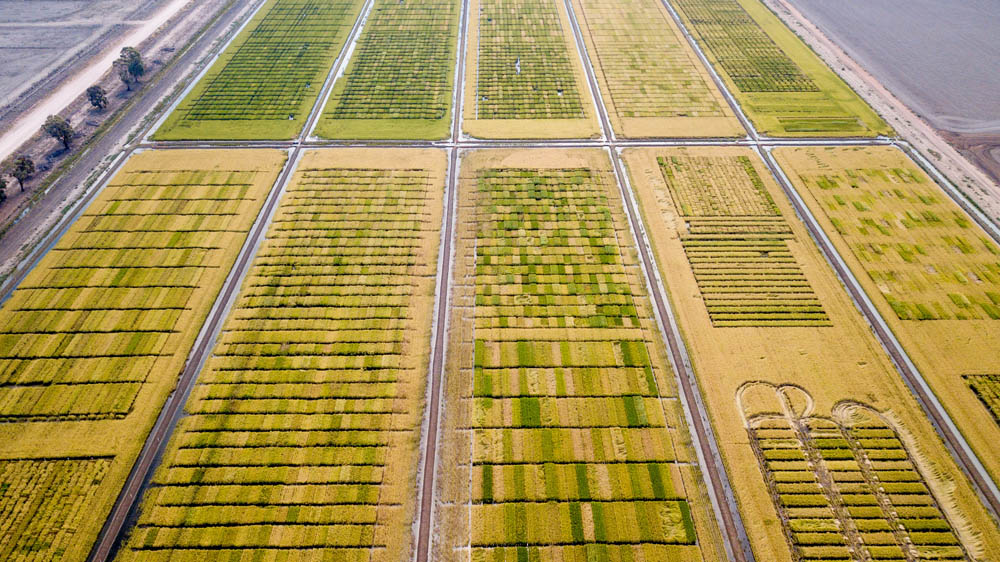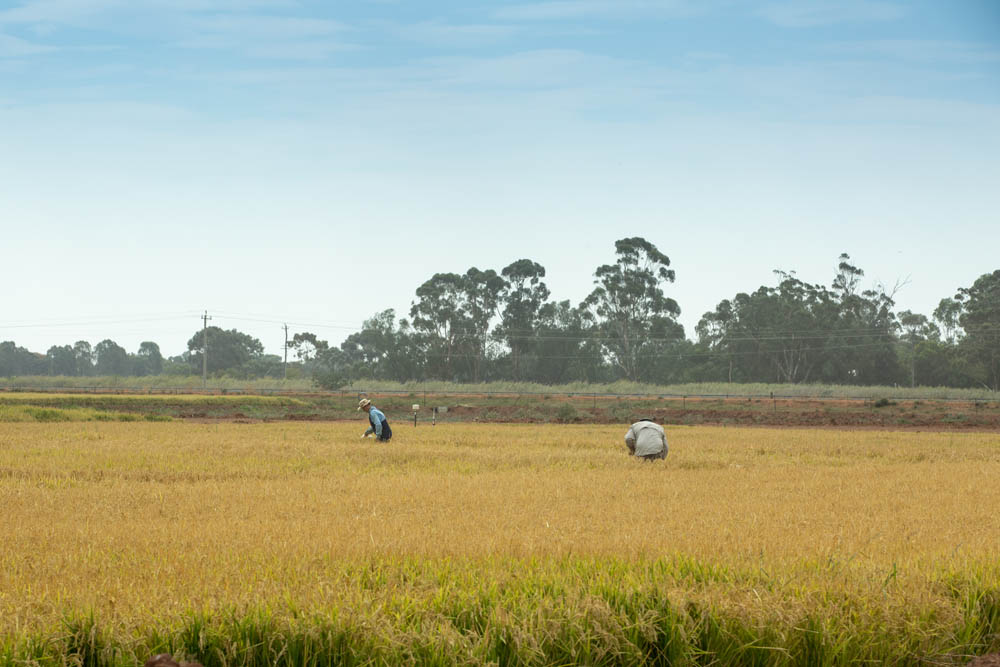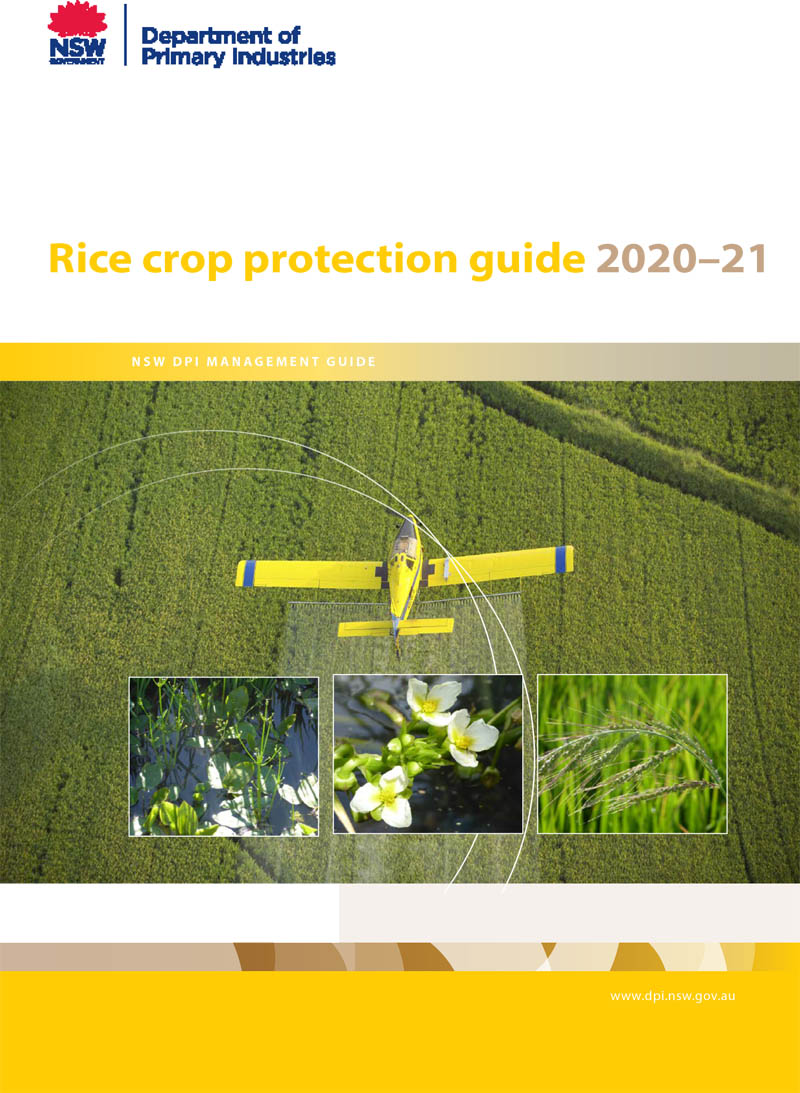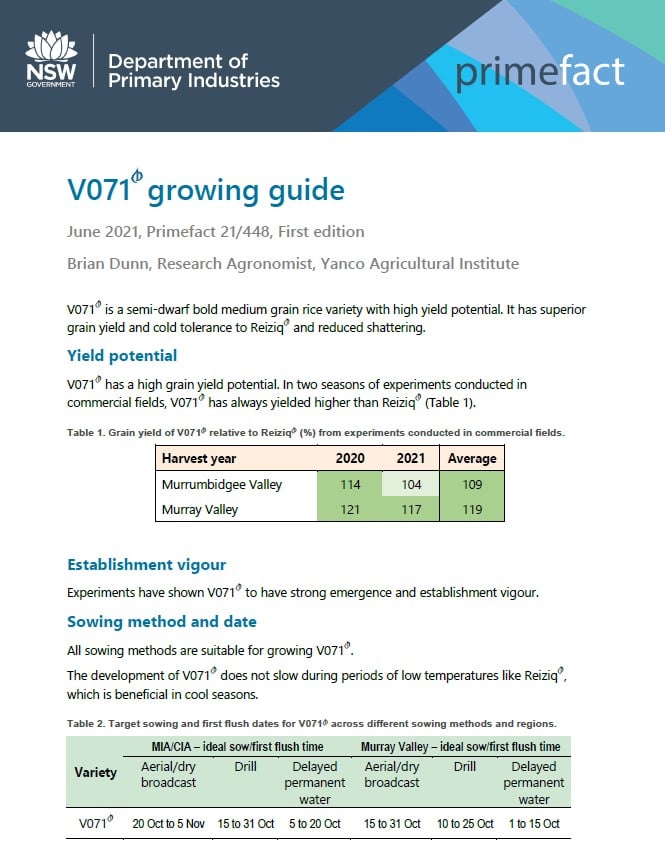- GVP $184 million est. Up 419% yoy.
- A wetter-than-average-summer boosted General Security water allocations.
- 974% increase in the area planted to rice in 2020-21.
Production and Price
The higher water allocations had a dramatic effect on irrigation costs. This, combined with the higher water allocations, saw a 962% year-on-year increase in area planted to 45 thousand hectares. Production increased by 817% to 423 thousand tonnes, although still down 27% on the 10-year average. 188 3
Due to favourable water availability and prices, demand from growers to grow rice was strong. In response to this demand, an initial paddy price guide of $390–$450 per tonne for Medium Grain Reiziq was announced but has since been revised to $390 to $435, assuming there will be no material changes to market conditions. 185
Rice production and price
- Price
- Production
Trade and Macroeconomic Conditions
COVID-19 continued to impact the industry, both on the domestic front, and globally. Uncertainties around the impact of the virus triggered panic-buying and stockpiling of basic food items like rice during early 2020. Historically, Australian’s consume approximately 300 thousand tonnes of rice per year 2 and, due to cost and demand for different grain types, imports make up roughly half of total domestic consumption. Due to the low levels of domestic production during 2018-19 and 2019-20, the increased retail demand was unable to be filled by domestic supplies. To offset the depleted supplies, SunRice expanded its international rice sourcing capabilities to meet this domestic demand and global demand. Given the variability of Australian rice production, consumption and imports are more stable, with imports acting as a shock absorber for the industry. 2 With new domestic supplies of rice not available after the 2021 autumn-harvested crop is processed, imports were required to fill the short-term gap.
Australian rice imports fell slightly by 12% to 235 thousand tonnes although remained well up on the 10-year average of 176 thousand tonnes. 128 Some export restrictions were introduced during 2019-20 and 2020-21, particularly in South-East Asia namely in Cambodia, Vietnam and Myanmar. The Vietnamese Government banned rice exports in March 2020 in order to protect food security in the face of COVID and drought, and shutdown measures in India and Pakistan also affected supplies. 27 108 Although Australia traditionally imports rice from a wide variety of sources, these restrictions did have a significant impact on Australia’s import program. 2020-21 saw decreases in the quantity of imports from Thailand (-32%), Cambodia (-45%) and Pakistan (-16%) year-on-year. 128
Globally, a surge in shipping demand as a result rising demand for physical goods since the outbreak, impacted the availability of cargo containers and led to increased congestion and soaring shipping costs. Demand outstripped supply and spot rates increased by approximately $300%. 187 This situation placed increased pressure on the ability of Australia to satisfy export orders in international markets and also brought rising costs for rice importers.

Outlook

Global rice production is again tipped to outstrip consumption, leading to estimated record level carryover stocks of 185 million tonnes of milled rice in 2021-22 with a stocks to use ratio of 35.2%. 105




